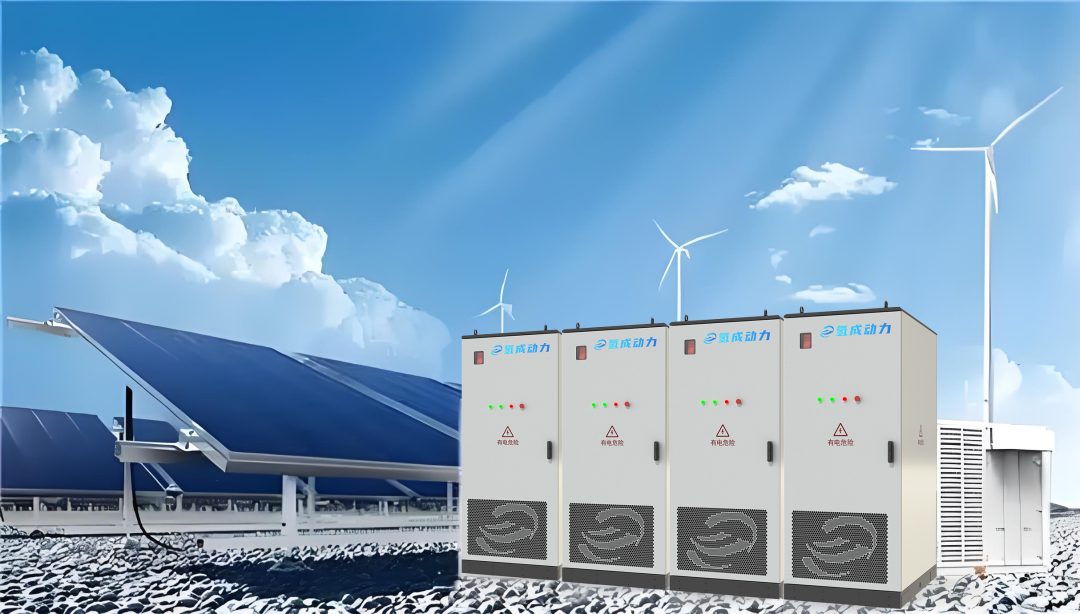Energy Storage Insights: Tracking Industry Hotspots!
Release time:
2025-10-13
Source:
On September 30, the National Development and Reform Commission and the National Energy Administration jointly issued a notice announcing the release of the "Measures for the Management of Energy Planning." A responsible official from the National Energy Administration answered questions from reporters, while the Electric Power Planning & Engineering Institute provided an interpretation. The National Comprehensive Energy Plan, national energy plans covering specific sectors, and regional energy plans are all systematically formulated and compiled under the coordination of the National Development and Reform Commission and the National Energy Administration. These planning catalogs must adhere to the principle of streamlining, ensuring they avoid issues such as excessive quantity or overlapping content. In principle, no plans outside the approved catalog list may be developed. Additionally, plans related to routine tasks or those with implementation periods shorter than three years are generally not required to be formally planned.

National Policies and Headlines
02 The National Development and Reform Commission is seeking comments on the "Standards for Identifying Major Accident Hazards in Power Systems and Regulations on Supervision and Management for Remediation (Draft for Public Comment)."
Local Policies and Headlines
Existing Projects
Wind power, centralized photovoltaic systems, and distributed PV projects connected to the grid at 10 kV or higher: The share of mechanism-generated electricity is 80%, and the mechanism electricity capacity for each project is calculated as follows: Project grid-connected capacity × Annual utilization hours × (1 – Plant self-consumption rate) × Project mechanism electricity proportion.
Implementation period: Determined by either the remaining full lifecycle hours of rational utilization, converted into corresponding years, or the earlier of 20 years from the project's commercial operation date.
Incremental Project
The document also notes that new energy projects within integrated source-grid-load-storage initiatives, green power direct connections, and incremental distribution networks—projects designed to facilitate local consumption of renewable energy—as well as general commercial and industrial distributed photovoltaic systems and large-scale commercial and industrial distributed PV projects commissioned on or after June 1, 2025, will not be included in the scope of mechanism-based electricity pricing.
On September 29, the Jiangsu Energy Regulatory Office released the "Two Detailed Rules" (Draft for Comments). These rules clearly state that energy storage power stations should have the capability to detect islanding conditions and automatically disconnect from the grid, as well as features such as AVC automatic voltage regulation and reactive power control. Notably, this time the two detailed rules explicitly classify primary frequency modulation provided by wind and photovoltaic energy storage systems as a basic ancillary service in the electricity market—meaning no compensation is required for this service. Meanwhile, other services like reserve capacity, paid reactive power regulation, rotational inertia, ramp-up capabilities, and black-start functions will be eligible for either fixed compensation or market-based compensation mechanisms.
Key words:
Previous Page:
Recommended News
Contact
Address: Chanhe Innovation Technology Park, No. 2 Zhenxing Road, Chanhe Hui District, Luoyang City, Henan Province
Tel:0379-63869669
Mailbox:info@hydromobility.cn
Scan

Copyright©2023 Qingcheng Power Technology(Luoyang) Co.,Ltd. This website supports ipv6
Copyright©2023 Qingcheng Power Technology(Luoyang) Co.,Ltd.
This website supports ipv6






